Alberta
The Davidson Report critiquing the Government of Alberta’s COVID-19 pandemic response finally released: Dr David Speicher
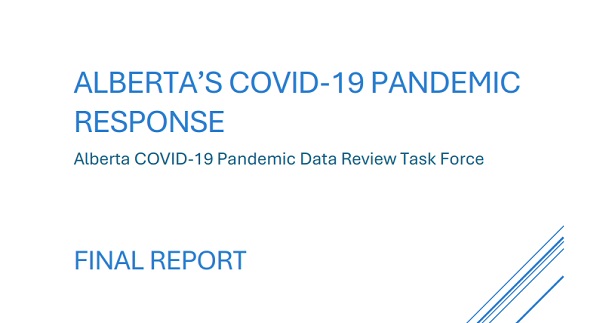

Courageous Truth
Scientific facts, personal views and life’s journey
The Dr. Gary Davidson report has finally been released by the Government of Alberta and confirms big problems with public health and provides a roadmap for managing future pandemics.
Nearly six months after Dr. Gary Davidson’s report was submitted to Premier Danielle Smith, it was publicly released quietly by the Government of Alberta on their website.

The only public statement about the report was on Eric Bouchard’s X account: “Dr. Gary Davidson’s report brings Alberta one step closer to the truth. https://open.alberta.ca/publications/albertas-covid-19-pandemic-response”. Eric followed up by saying “Alberta now has a tremendous opportunity to right many of the wrongs that took place over the last few years. We must work together to heal humanity and to earn back the trust of all Albertans.” and “I am committed to working with Albertans to ensure that the historical pain caused by the response to COVID-19 does not repeat. Thank you, Dr. Davidson, for your incredible work to get this report out. I look forward to hearing Dr. Davidson live on March 3, 2025.”

Purpose:
On November 14, 2022, the Premier of Alberta established a Task Force under the Health Quality Council of Alberta to examine the quality, use, interpretation, and flow of information and data that informed Alberta’s pandemic response to COVID-19 and provide recommendations on how to better manage a future pandemic.
This report critiques the Government of Alberta’s response to the COVID-19 pandemic between 2020 and 2022. The report addresses 9 areas: governance and flow of information, regulatory bodies (e.g. the role of the College of Physicians and Surgeons of Alberta), modelling, non-pharmaceutical interventions, masking, testing, infection-acquired immunity, vaccines, and therapeutics. The task force attempted to remain neutral and examine information on both sides of the narrative. However, there was a “fundamental lack of transparency and willingness to reveal information and discuss decisions and actions taken by AHS during the pandemic.” and the task force found that there was “a lack of willingness on the part of AHS officials to cooperate with the Task Force in our requests for data and information.” [Pg 40-41]
Chapter 6: Testing
As a molecular virologist with expertise in the detection and surveillance of infectious diseases, the task force asked me to provide information and guidance on PCR, rapid antigen testing (RAT), and serological testing for SARS-CoV-2/COVID-19 during the pandemic. The report provides excellent background and the methods used to test people for SARS-CoV-2.
Unfortunately, I continue to see misinformation spread about the reliability of the PCR test, including the number of cycles and “97% false-positives”. Therefore, I will be providing a deep dive into the PCR test over the coming weeks, including presenting insight on one legal case where I served as an expert witness that asked whether or not a PCR test for COVID is a “genetic test” according to the Ontario labour code. I would be happy to answer any questions that people may have.
From The Davidson Report, I would like to highlight two key issues. The first is the classification of a COVID case being determined by a PCR-positive test result driving a “casedemic” rather than a “pandemic” and the second is regarding the millions of dollars wasted on unused PCR reagents and RATs.


It is important to note the following recommendations made regarding testing (P174):
- RT-PCR represents an excellent high-sensitivity test to aid in accurate diagnoses of symptomatic people – if they are used for the intended purpose and at optimal Ct values (vs. Ct values at “high positive” cut-offs).
- Rapid tests with reasonable accuracy should not be used for screening the general population but could be used as an additional diagnostic tool, where clinically indicated.
- We recommend that future pandemic responses prioritize minimizing severe disease and mortality over extensive case detection. Specifically, Alberta should focus on developing a screening tool to help estimate individual risk. This approach will optimize resource use by directing testing capacity, which can be appropriately directed by evidence-based practices, such as testing symptomatic individuals, those whose management may be influenced by test results, and for specific surveillance scenarios.
- We recommend that levels of immunity be gauged using a multi-antibody serological and/or mucosal assay that accounts for both pre-existing immunity as well as the presence of immune cells with the potential for cross-protection.
- All tests should also be professionally administered and sufficiently sensitive to detect low antibody levels while sufficiently specific to distinguish between target and non-target antibodies. This also applies to laboratory tests used to identify specific respiratory viruses. Individual risk estimates can then be used to inform individual needs for protection either through the use of personal protective measures and/or vaccination.
- Without being linked to a set of standardized clinical criteria, we recommend against the use of PCR tests as the sole criteria for a case definition. A confirmed case should include a pre-determined profile of signs and/or symptoms AND a positive test for the infection of concern PLUS any relevant patient history and confirmed epidemiological information.
- Ensure that local surveillance data are used and interpreted when determining strategy and policy.
Final Thoughts
Regarding the report, I think that it is a very well-written critique of the Government of Alberta’s response to the COVID-19 pandemic, but it is not a final conclusive report. This is a good start to opening the door for some important deep governmental discussions that need to happen, including diving deeper into the harms caused by the COVID-19 modRNA vaccines, like the DNA contamination and the presence of the SV40 promoter-enhancer nuclear localization sequences, the vast number of vaccine-injured people, and the increased risk of turbo cancer. While I am disappointed that the Government of Alberta, namely Premier Smith, tried to bury this report by sitting on it for six months and quietly releasing the report without a proper press conference on the week of the USA inauguration I am relieved to see that the report was finally made public. The government’s attempt to bury the report shows that this is indeed a damning report and the government’s response could have been much better. However, I hope that this report will bring about government transparency and begin that well-needed conversation so that our society can indeed heal.
Healing Humanity is the theme of the next An Injection of Truth happening on March 3, 2025 in Calgary, Alberta. During the event I will be sharing on the numerous ways the COVID-19 vaccines can potentially cause harm and what can be done to heal from those harms. I will share the stage with several other prominent scientists.
- Dr. Byram Bridle who has also shared his insights on The Davidson Report and will be “exposing lies from public health agencies that contributed to a myriad of problems within the pandemic response.”
- Dr. Gary Davidson will be presenting on the contents the report by the Alberta COVID-19 Pandemic Data Review Task Force.
- Dr. Denis Rancourt will provide a deep dive into the all-cause mortality.
- Dr. David Martin will definitely be a presenter that no one will want to miss.
In closing, I encourage everyone to read through The Davidson Report and post your thoughts on the report in the comments section. What did you like or disagree with? What would you like to see different next time? I would be happy to take your comments to Calgary in March 2025. I also hope that this will be one of many governmental task forces that take a deep dive into the governmental response to the pandemic. We desperately need one for each province and at the federal level.

Alberta
Alberta Next: Taxation
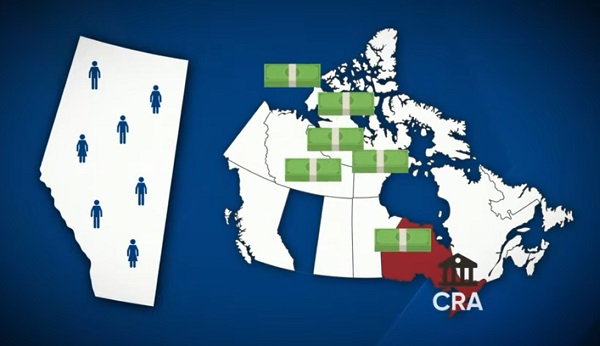
A new video from the Alberta Next panel looks at whether Alberta should stop relying on Ottawa to collect our provincial income taxes. Quebec already does it, and Alberta already collects corporate taxes directly. Doing the same for personal income taxes could mean better tax policy, thousands of new jobs, and less federal interference. But it would take time, cost money, and require building new systems from the ground up.
Alberta
Cross-Canada NGL corridor will stretch from B.C. to Ontario
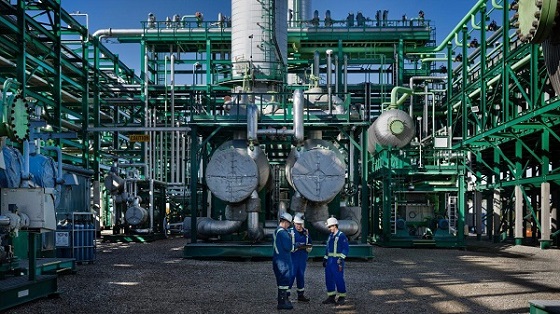
Keyera Corp.’s natural gas liquids facilities in Fort Saskatchewan. Photo courtesy Keyera Corp.
From the Canadian Energy Centre
By Will Gibson
Keyera ‘Canadianizes’ natural gas liquids with $5.15 billion acquisition
Sarnia, Ont., which sits on the southern tip of Lake Huron and peers across the St. Clair River to Michigan, is a crucial energy hub for much of the eastern half of Canada and parts of the United States.
With more than 60 industrial facilities including refineries and chemical plants that produce everything from petroleum, resins, synthetic rubber, plastics, lubricants, paint, cosmetics and food additives in the southwestern Ontario city, Mayor Mike Bradley admits the ongoing dialogue about tariffs with Canada’s southern neighbour hits close to home.
So Bradley welcomed the announcement that Calgary-based Keyera Corp. will acquire the majority of Plains American Pipelines LLP’s Canadian natural gas liquids (NGL) business, creating a cross-Canada NGL corridor that includes a storage hub in Sarnia.
“As a border city, we’ve been on the frontline of the tariff wars, so we support anything that helps enhance Canadian sovereignty and jobs,” says the long-time mayor, who was first elected in 1988.
The assets in Sarnia are a key piece of the $5.15 billion transaction, which will connect natural gas liquids from the growing Montney and Duvernay plays in B.C. and Alberta to markets in central Canada and the eastern U.S. seaboard.
NGLs are hydrocarbons found within natural gas streams including ethane, propane and pentanes. They are important energy sources and used to produce a wide range of everyday items, from plastics and clothing to fuels.
Keyera CEO Dean Setoguchi cast the proposed acquisition as an act of repatriation.
“This transaction brings key NGL infrastructure under Canadian ownership, enhancing domestic energy capabilities and reinforcing Canada’s economic resilience by keeping value and decision-making closer to home,” Setoguchi told analysts in a June 17 call.
“Plains’ portfolio forms a fully integrated cross Canada NGL system connecting Western Canada supply to key demand centres across the Prairie provinces, Ontario and eastern U.S.,” he said.
“The system includes strategic hubs like Empress, Fort Saskatchewan and Sarnia – which provide a reliable source of Canadian NGL supply to extensive fractionation, storage, pipeline and logistics infrastructure.”
Martin King, RBN Energy’s managing director of North America Energy Market Analysis, sees Keyera’s ability to “Canadianize” its NGL infrastructure as improving the company’s growth prospects.
“It allows them to tap into the Duvernay and Montney, which are the fastest growing NGL plays in North America and gives them some key assets throughout the country,” said the Calgary-based analyst.
“The crown assets are probably the straddle plants in Empress, which help strip out the butane, ethane and other liquids for condensate. It also positions them well to serve the eastern half of the country.”
And that’s something welcomed in Sarnia.
“Having a Canadian source for natural gas would be our preference so we see Keyera’s acquisition as strengthening our region as an energy hub,” Bradley said.
“We are optimistic this will be good for our region in the long run.”
The acquisition is expected to close in the first quarter of 2026, pending regulatory approvals.
Meanwhile, the governments of Ontario and Alberta are joining forces to strengthen the economies of both regions, and the country, by advancing major infrastructure projects including pipelines, ports and rail.
A joint feasibility study is expected this year on how to move major private sector-led investments forward.
-
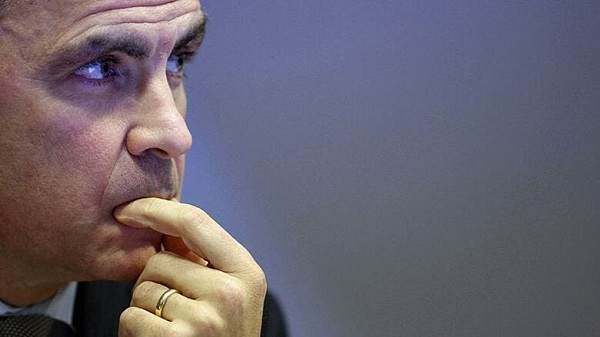
 Business1 day ago
Business1 day agoCarney government should apply lessons from 1990s in spending review
-

 Business1 day ago
Business1 day agoTrump to impose 30% tariff on EU, Mexico
-
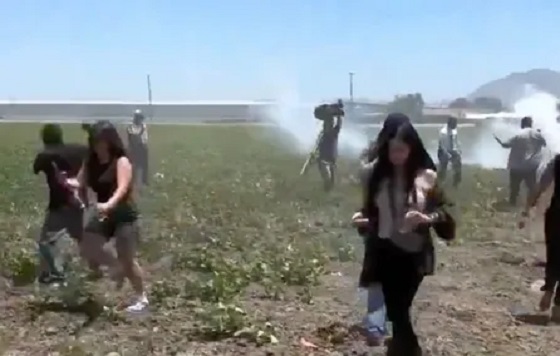
 illegal immigration1 day ago
illegal immigration1 day agoICE raids California pot farm, uncovers illegal aliens and child labor
-

 Entertainment1 day ago
Entertainment1 day agoStudy finds 99% of late-night TV guests in 2025 have been liberal
-

 Business2 days ago
Business2 days ago103 Conflicts and Counting Unprecedented Ethics Web of Prime Minister Mark Carney
-
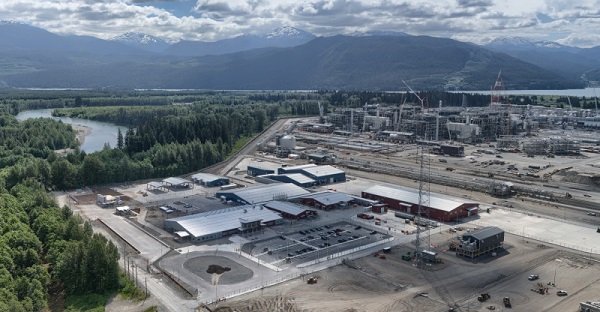
 Energy1 day ago
Energy1 day agoLNG Export Marks Beginning Of Canadian Energy Independence
-

 Frontier Centre for Public Policy13 hours ago
Frontier Centre for Public Policy13 hours agoCanada’s New Border Bill Spies On You, Not The Bad Guys
-

 Uncategorized13 hours ago
Uncategorized13 hours agoCNN’s Shock Climate Polling Data Reinforces Trump’s Energy Agenda




